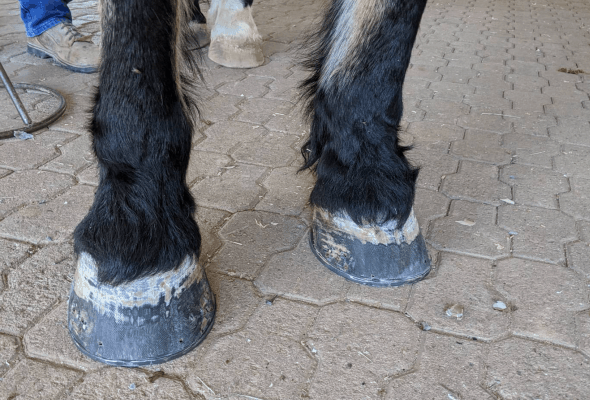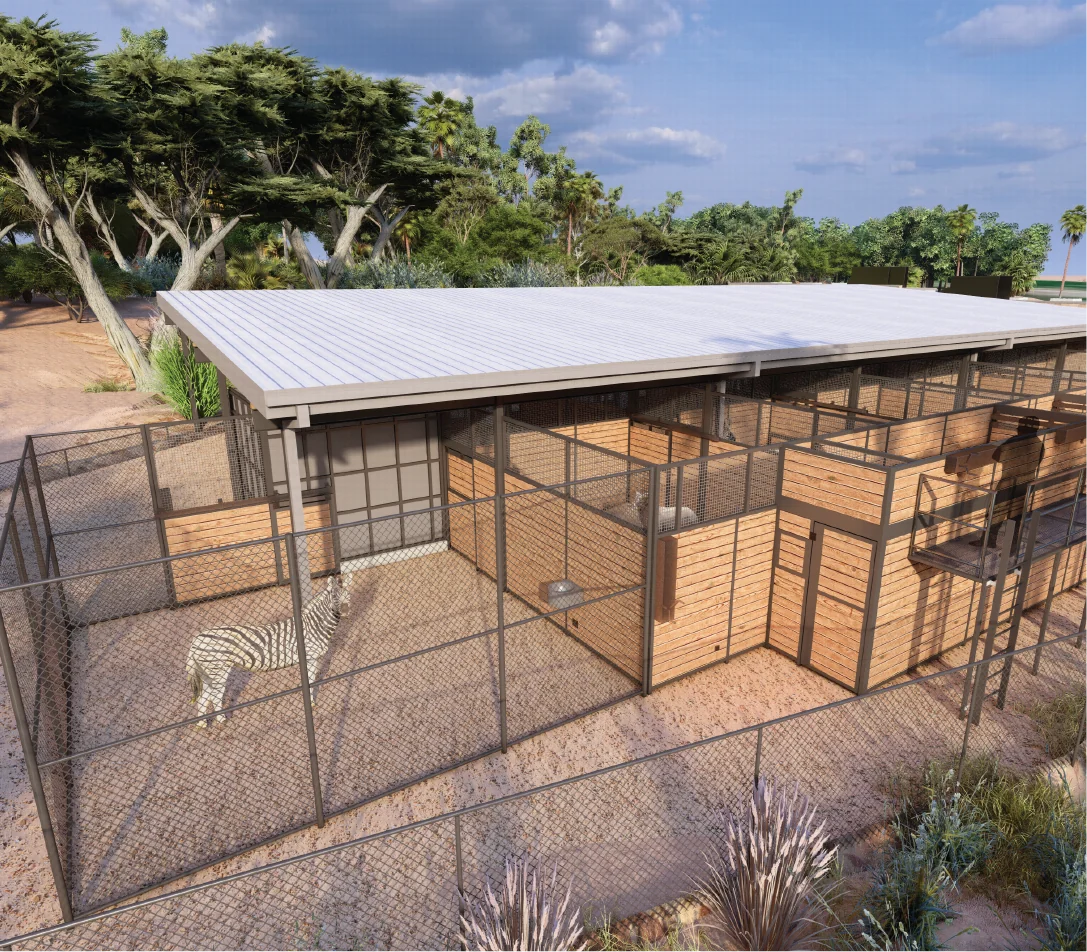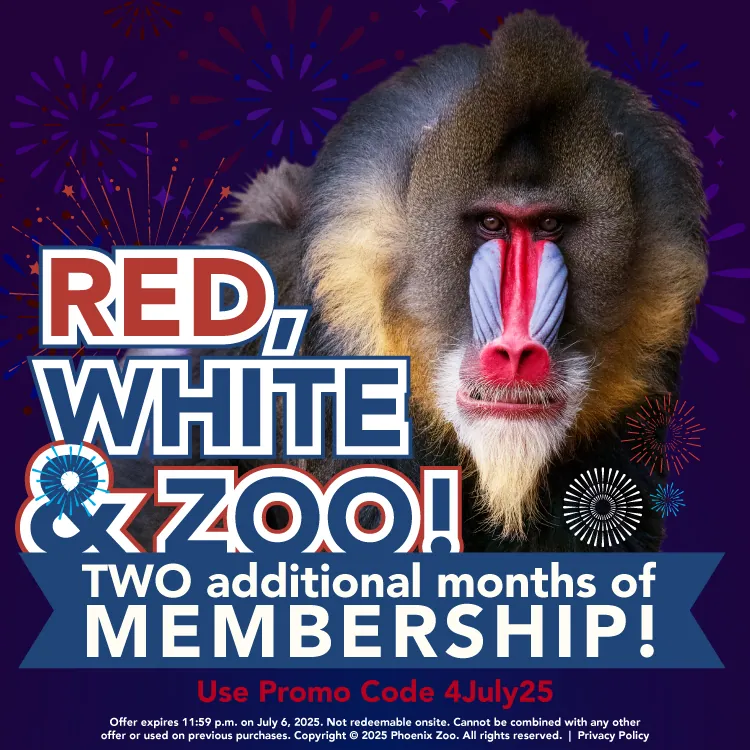International
Hoof Care Month
Home Blog Uncategorized International Hoof Care Month

Horse Hooves
A horse’s hooves hoof consist of three basic parts: the wall, the sole and the frog. All three are horny structures that are nonsensitive, lacking nerve endings and blood supply.
Their hooves grow throughout their life. Domesticated horses need their hooves trimmed as they are not running on hard terrain or for long periods of time, which wears their hooves down. Some horses need shoes for corrective reasons like hooves not growing even, for more support if they have internal hoof issues or arthritis, if their hoof quality is poor, as well as many other reasons.
Structure of the Hoof

Wall
The wall is the visible part of the hoof when the foot is on the ground. It encircles the foot and at the heels is inclined inwards to form the bars. The wall grows downward from the coronet, just like a fingernail. In the barefoot state the rate of growth generally equals the rate of wear.
Sole
The sole protects the foot from injury from below. In a healthy state it is slightly concave, like a saucer turned upside down. Thus helping to give the horse a better grip when moving over uneven ground.
Frog
The frog is nature’s anti-slipping and shock-absorber device. It is the first part of the foot to make contact with the ground. Because a lot of leg injuries result from horses slipping or from pounding on hard surfaces, the importance of a healthy frog cannot be over emphasized.
Get to know the Zoo’s Farrier
Jimmy L'Odense

A farrier is a person whose job involves taking care of horses’ hooves and shoeing them if they need protection. Jimmy L’Odense, has bee a farrier for 16 years! He has been shoeing for the Phoenix Zoo on and off since 2006. Horses and helping horses and their owners is in his blood. Jimmy loves being a farrier because of his love for horses and horse people. He also enjoys his profession, because it is very satisfying when he sees a horse hurting before his hoof trim, and after he corrects their hooves they walk off “sound” (not limping).
A farrier is a very specific skill that not anyone can learn easily, it takes years of experience and knowledge to know the anatomy of the hoof and how to balance it properly. They need to be able to recognize a proper gait/movement of the horse and identify if the horse is hurting anywhere in their hoof. The old saying “no hoof, no horse” holds true. If the horse has an unbalance, unhealthy, or injured hoof it is detrimental to their survival.


The Process
Alll of our horses at the Phoenix Zoo have different shoeing needs; depending on age, hoof quality, what kind of work they have had done in the past, and any medical issues (for example arthritis). Our horses are trimmed every six or eight weeks, while others are left barefoot and don’t need shoes. Some of our horses only need shoes on the front hooves, while others are shod on all four hooves.
The Process:
1. Use hoof knife to trim out old overgrown sole (bottom of hoof).
2. Use nippers to trim hoof wall growth and balance hoof (tools to get the right angle etc.).
3. Rasp hoof to make it smooth and take off small amounts of growth.
4.Take horse shoe and measure how it should fit on the horse.
5. Get the horse shoe hot in the forge.
6. Shape horse shoe while it is hot.
7. Cool shoe and nail it on hoof.
8. Bend down and cut off the end of the nails (called clenches).
9. Take the clenchers and clench down the nails.
10. Run the rasp over the nails to make it smooth.
Goat Pedicure
4-and-a-half-year-old Merryweather, a Nigerian dwarf goat, and 12-year-old Lola, a mini LaMancha goat, are given a “goat pedicure” from their amazing keepers!
The Phoenix Zoo is home to 24 goats.They have the excess hoof wall growing over their sole trimmed, as well as their dew walls checked every four weeks. Sometimes the hooves don’t grow straight, and we have to do corrective trimming, which requires more frequent trimming to balance the hoof.
Miniature Jersey Cows
The Phoenix Zoo is home to two miniature Jersey cows, Queenie, who will be two on April 1, and Teenie, who will be two on July 18!
Queenie’s keepers are working to get her comfortable with having her hooves trimmed and the feeling of tools on her feel, like what the farrier will be using. They do this daily by picking her feet up and running their hands fully up and down her legs.
This process takes a lot of patience and consistency, but she should be ready for her first trim in a couple months! Teenie, on the other hand, is already a pro with having her keepers pick up her feet!
It is important for miniature Jersey cows to have their hooves trimmed, because they do not wear their hooves down fast enough to keep up with the rate of growth. Like our fingernails, hooves need to be trimmed!







